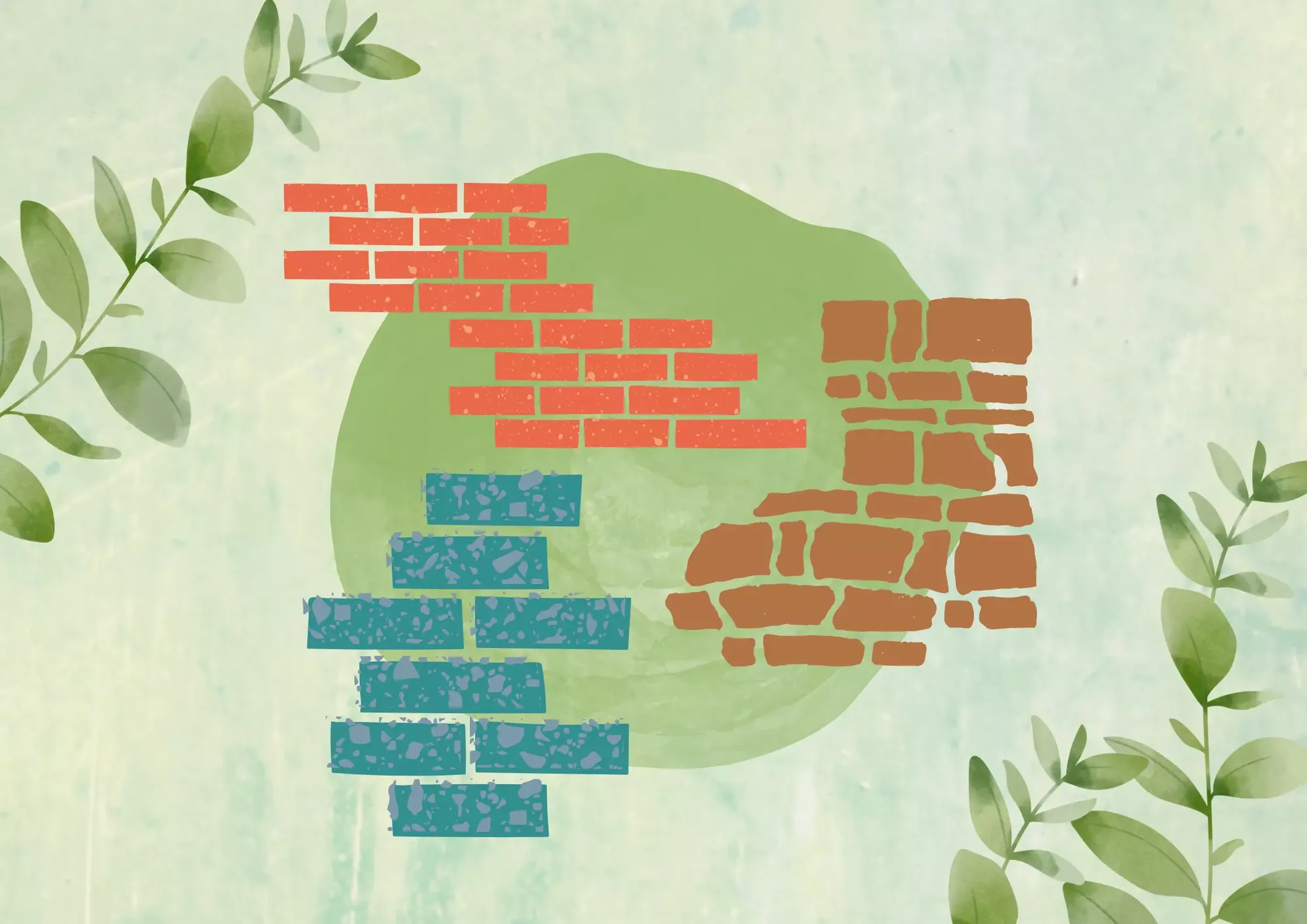Ferrock: A Carbon-Negative Building Material?
The construction industry is infested and infatuated with high carbon generating materials and processes that continuously and increasingly contribute to Climate Change. While our attention is diverted towards factory farming, air transport, and other forms of carbon emission, not much attention is paid to the construction industry. Large-scale and unplanned construction using materials and processes that have seen little to no innovation in the past two hundred years continue to be employed in modern processes with little to no innovation in the industry.
As researchers, governments and citizens become more cognizant of the impact of rapid construction on the environment, some new and innovative technologies and building materials have seen the light of day. These include materials such as Ashcrete, Timbercrete, and Ferrock.

What is Ferrock Material?
Ferrock is a concrete-like building material that was developed by a former Ph.D. Student at the University of Arizona's Department of Soil, Water and Environmental Science as an alternative to Portland Cement.
Ferrock™ is a trademarked and patented technology. It was a product of an accidental lab discovery by the founder, David Stone, in 2002. This then grew into a startup by the name of Iron Shell which commercialized Ferrock. They have since ventured into developing other alternative sustainable building materials as well.
Ferrock is manufactured by using the waste steel dust generated from industrial processes. This is combined with Silica, and a cement-like material is created which only hardens on exposure to high concentrations of carbon dioxide. Once absorbed, this carbon dioxide gets trapped inside, making Ferrock a carbon-negative material.
Ferrock V/S Concrete
Portland Cement is one of the most commonly used cement types in the production of concrete. When compared with Portland cement, Ferrock is five times stronger and far more flexible.
As compared to the concrete material, it can also handle more compression, making it more resistant to cracks and breakage. A definitive feature of Ferrock is that exposure to salt-water environments acts as a strengthening agent for Ferrock. This makes it an ideal building material for construction projects in marshes and other coastal construction sites that are heavily exposed to saltwater.
Ferrock is a promising substitute to cement as it has similar functional properties. However, compared to OPC it requires a fractional amount of time to cure. The cement curing process requires around 7 to 28 days of hydration. On the other hand, Ferrock cures within 4 days of carbonation, with the curing process having the potential to be further expedited based on the purity of the supplied compressed carbon dioxide.
Ferrock is also far more sustainable than concrete. Concrete's main component, Portland cement, has a huge carbon footprint. Its production is responsible for 8% of the world's carbon dioxide emissions! On the other hand, Ferrock eliminates the need for any kind of cement and relies on the waste steel dust. Moreover, it absorbs carbon dioxide from the air instead of adding more to our environment.
Applications & Limitations of Ferrock
Ferrock is a versatile material and its applications can vary depending upon the size and quality of the aggregates that are added to it. It can be used to build slabs, blocks and other pre-cast construction materials.
Finer aggregates make the material very versatile and spreadable like a paste such as plaster or mortar.
Ferrock is also extremely corrosion-resistant and chemically inactive making it less vulnerable to external factors such as rusting, oxidation and UV radiation, making it suitable for all-weather applications.
The limited accessibility and availability of Ferrock, make it unsuitable for large-scale projects. Moreover, the two main components of Ferrock are silica and waste steel dust. These are both byproducts of other construction processes. If Ferrock were to be commercialized, the demand for 'waste' raw materials would rise
The two main ingredients in Ferrock are waste steel dust and silica, both of which are the byproducts of other construction processes. If Ferrock were to become a mainstream construction material, the value of ‘waste’ steel dust and silica would skyrocket.
It also takes a lot of silica and metal shavings to create Ferrock, and with both of those in limited supply, it makes Ferrock unsuitable for big projects.
The Present & Future of Ferrock
While Ferrock has been used in smaller construction sites, it has a long way to go to become widely adopted. Many field experiments have been and are presently being conducted to test and demonstrate the strength and capability of Ferrock in commercial projects.
Stone has been working with Richard Pablo, a member of the Tohono O’odham Nation, to collect discarded bottles on the reservation because glass is another essential component in the production of Ferrock.
However, the large-scale adoption of these alternative materials remains an uphill battle. Considering concrete and cement have been in use for over 200 years, they have stood the test of time, and unfortunately there just isn't enough data to prove that alternative materials - no matter how sustainable - can survive in the long term.

